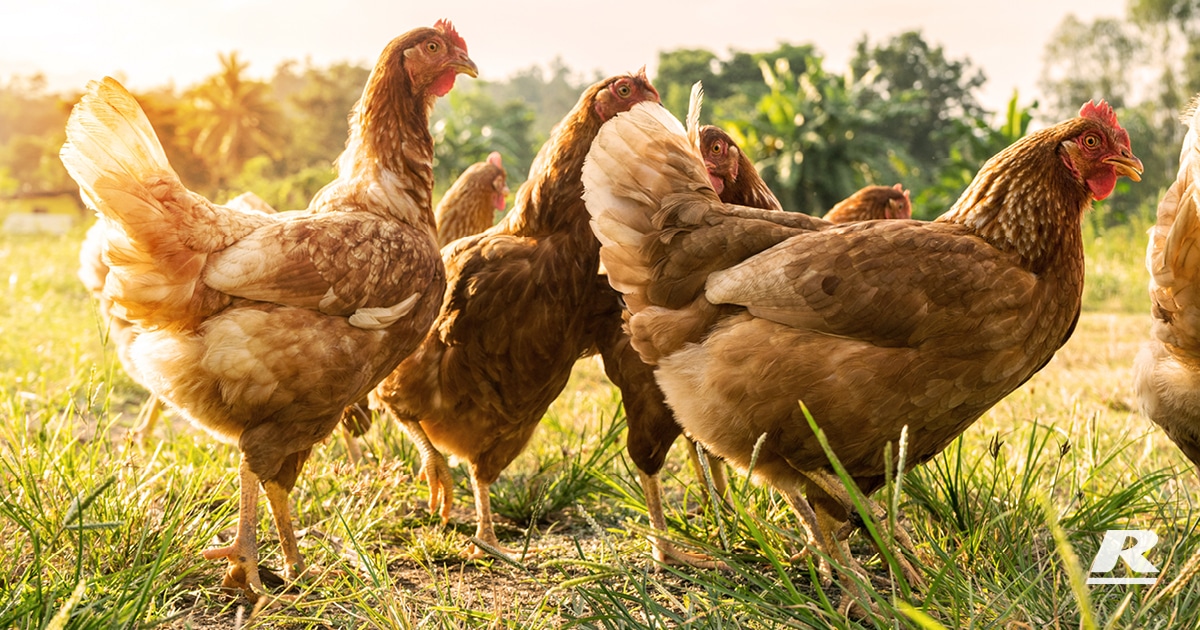The importance of a well-designed feed form to meet requirements for Layers
A balanced, well designed feed is imperative when it comes to meeting the nutritional requirements of layer birds. When formulating, we must keep in mind their needs for energy, protein, and essential amino acids, essential fats, minerals and vitamins.
Leading up to the start of lay, and during laying, there are both quantitative and qualitative changes in the bird’s nutritional requirements, compared to those required for the growth of pullets.
The main & important differences include the following:
- An increase in food consumption starting before egg production begins and continuing during the egg laying cycle
- About 10 days prior to the expected first egg, calcium concentrations should be increased to about 3 percent to meet the bird’s requirements for eggshell production
Rate of production is also a very important factor in determining efficiency of production, because feed accounts for approximately 70% of the total production cost.
One method for ensuring that all hens receive a nutritionally balanced diet and don’t select more palatable components in their ration, is to feed a mash. To produce a good mash feed, all raw materials need to be in the right proportion to meet the nutritional needs of the hens. Grinding and Mixing are important processes in preparing mash feed, and require both specialised equipment and expertise, to get the particle size correct. It also will help to prevent losing ingredients in fines / dust, like the essential micro-nutrients required.
The advantage of having mash feed is that a hen is able to see what is in the feed, and this will encourage her to pick and choose what she would like to eat each day. Indeed, mash feed encourages the natural selection behaviour of birds!
Talk to your local Reid’s Poultry Specialist today about the benefits of our mash and the products we can offer to suit your requirements on 1300 REID FEED or enquire here >
 Author
Author
Johnny Barwary
PhD in poultry nutrition and physiology
Reid’s monogastric manager

 Author
Author